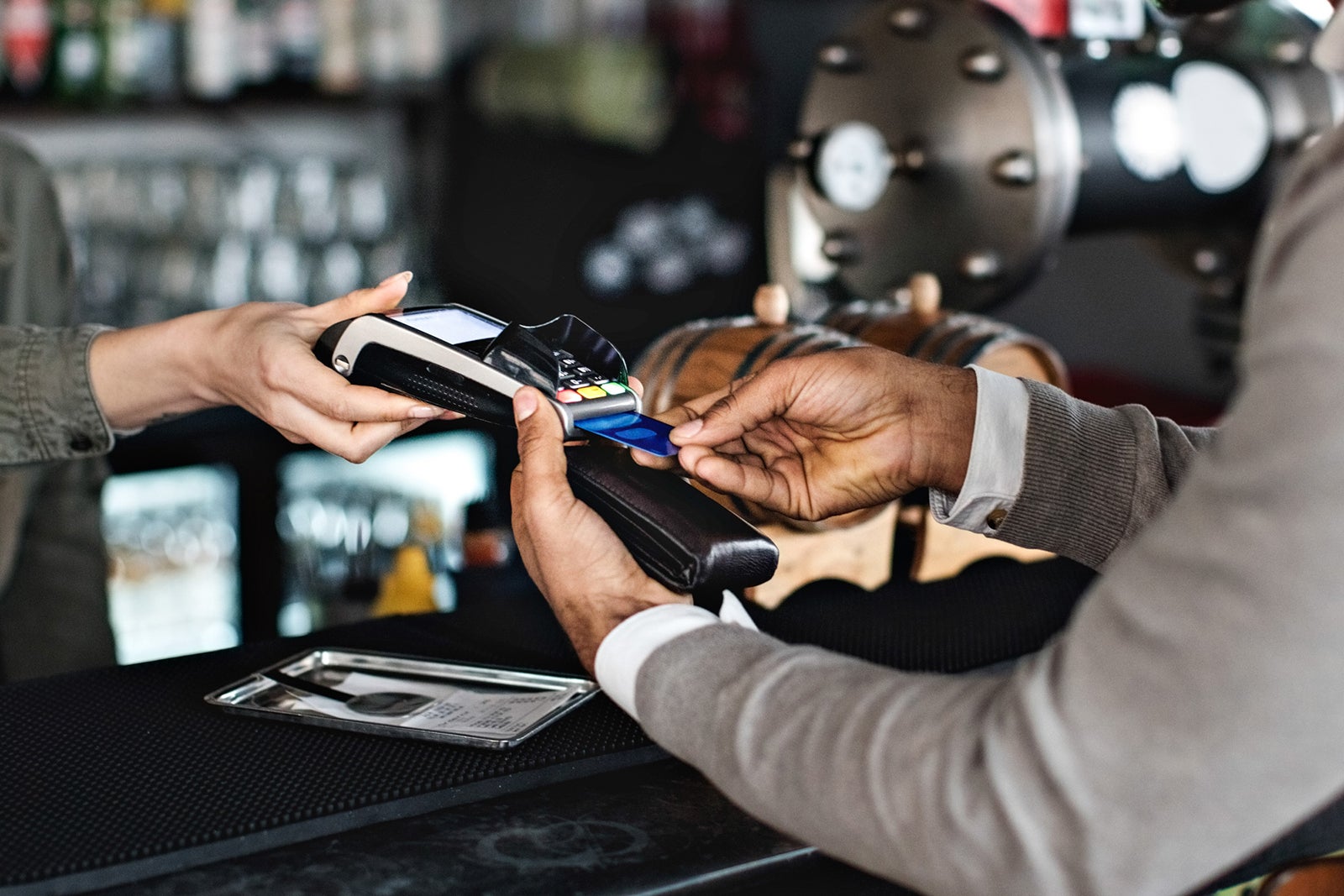How to spot and report credit card fraud
Credit card fraud: three words that can put a damper on your travel, business or everyday life.
Unfortunately, you can’t prevent credit card fraud by keeping physical possession of your rewards credit cards. You could fall victim due to a data breach, a credit card skimming device, malware on your computer, a phishing scheme or other attempts at unauthorized use of your cards.
But you can minimize the inconvenience of credit card fraud by spotting it early and reporting it quickly. Here’s what you need to know.
What is credit card fraud?
Credit card fraud is if someone steals your credit card information or uses your account for purchases or transactions you didn’t authorize. It usually happens in one of two ways:
- You lose your credit card, or it is stolen, and then it is used to make purchases or other transactions — either online or in person.
- Your credit card account number and security PIN are stolen and used for unauthorized purchases or transactions without your physical card.
Related: Credit card fraud vs. identity theft — How to know the difference
How to spot credit card fraud
The best way to spot credit card fraud is to monitor your card account frequently for unfamiliar charges. Doing this throughout the month is best to quickly catch any unfamiliar charges. But, at a bare minimum, you should review the charges on your billing statement every month before paying your balance.
If you have authorized users on your account, ask them about any charges you don’t recognize. You could ask that authorized users submit receipts for any purchases they make on your account, as this can help you determine which charges are authorized.
You can also set up spending notifications for most accounts. These notifications can usually be sent by email, text or through a push notification on your phone and are a great way to see when and how your card account is used.

Daily Newsletter
Reward your inbox with the TPG Daily newsletter
Join over 700,000 readers for breaking news, in-depth guides and exclusive deals from TPG’s experts
Related: Credit cards with the greatest value for authorized users
How to report credit card fraud
If you spot unauthorized transactions on a card, the best way to report credit card fraud is to call your credit card issuer. It’s safe and easy to use the number on the back of your card since you know this is the official phone number. But, if you don’t have your card, you can log in to your account online. You should be able to find the phone number you need there or use the chat feature to report your credit card fraud.
Use the phone number associated with your account if possible, as this will reduce the number of security questions you need to answer. Once you get a representative, explain you’ve detected an unauthorized transaction on your account.
This advice holds if your card is lost — regardless of whether it has been used. Report it immediately to prevent that loss from turning into fraud.
Related: How I learned that my credit card number was stolen
What happens when you report credit card fraud?
When you call your card issuer to report credit card fraud, the representative will ask you questions and usually deactivate your compromised card and card number. The company will issue a new card, generally sent to your home address. If you need the card urgently, be sure to say so, as the issuer may be willing to overnight you the new card.
Usually, calling your card issuer is all you need to do if you detect unauthorized transactions on just one card account. But it’s a good idea to check your credit report, keep an eye on your other accounts and monthly statements and regularly change your online passwords.
When you check your credit report, look for unfamiliar inquiries, new accounts you didn’t authorize or addresses where you’ve never lived, as these can be signs that someone has stolen your identity.
Additionally, make sure you recognize all activity on your accounts and bank statements. If you notice any issues, take appropriate action quickly, as you could be a victim of identity theft.
Related: How to check your credit score for free
Are you liable for unauthorized charges?
One fear when you see unauthorized charges on your credit card is that you might be liable for those charges. Luckily, the Fair Credit Billing Act (FCBA) limits your liability for unauthorized charges to $50.
Even if the physical card is stolen and charges are made before you report the theft to your card issuer, you’ll only be liable for up to $50. Many cards go a step further by offering a fraud liability benefit that means you won’t be responsible for any unauthorized charges if your card is lost or stolen.
Related: Why a credit card is a smarter choice than a debit card
Bottom line
Credit card fraud can be scary, but there are steps you can take to resolve it — or prevent it from happening in the first place. Keep an eye on your accounts to catch and deal with any issues with your account in a timely manner.
Further reading:











